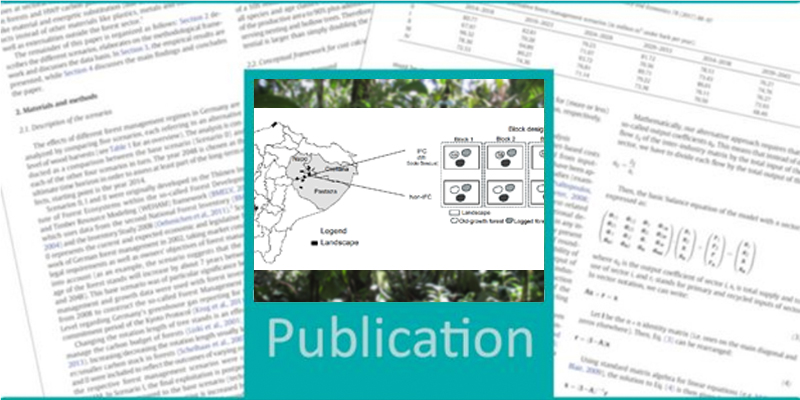We assessed ecosystem services (carbon stocks, timber volume) and species richness of old-growth forests in landscapes with and without Incentives for forest conservation (IFC). We also looked into potential side-effects of IFC in adjacent forest types (logged forest and successional forest).
Finally we tested if deforestation rates decreased after IFC implementation. We found that carbon stocks are not significantly different in old-growth forests with or without IFC. Unexpectedly, logged forests close to IFC forests had higher above ground carbon stocks than logged forests close to non-IFC forests indicating positive relationship of IFC and more careful logging practices in closed-by forest.
Furtheron the results indicate that successional forests (second growth forest) are an important tool for forest restoration. They store between 56% to 64% of above ground carbon per hectare, total carbon and timber volume, in comparison to old-growth forests, and 82% to 87% in comparison to logged forests. Finally we could show, that deforestation rates decreased on parish level after IFC implementation. Our study presents scientific evidence of IFC contribution to conserving ecosystem services and species richness. In addition IFC could help indirectly to reduce degradation effects attributed to logging, indicating potential compatibility of conservation aims with forest activities at a landscape level.
- Eguiguren P, Fischer R, Günter S (2019) Degradation of ecosystem services and deforestation in landscapes with and without incentive-based forest conservation in the ecuadorian amazon. Forests 10:442, DOI:10.3390/f10050442









